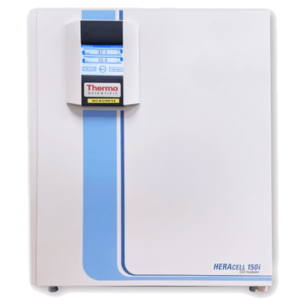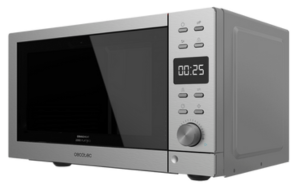Other equipment

Other equipment

It must be kept in mind that the fixative liquid requires time to penetrate the tissues and may not inactivate possible existing pathogens. Freezing or thawing is also not a safe method to inactivate them. Therefore, this material should be considered potentially infectious.
Handle the blades with tweezers or similar items, but never with your hands.

Incubators are used to maintain an optimal environment for cell growth by controlling temperature, humidity, and carbon dioxide concentration.
It must be taken into account that:
- It is necessary to systematically clean and disinfect all internal surfaces of the incubator (e.g. walls, doors, shelves, joints, etc.). Every 6-8 weeks it should be emptied, cleaned and disinfected. It is recommended to clean with soapy water, rinse with distilled water and allow to dry. Finally, spray with 70% ethanol or a similar disinfectant that is not corrosive or gives off toxic fumes. Stainless steel parts (e.g. shelves, water tray, etc.) can be autoclaved. External parts can be cleaned with soap and water.
- The water tray may contain a broad-spectrum disinfectant (as long as it has been previously tested not to release toxic fumes from cell cultures) and should be changed weekly.
- Containers must be perfectly identified.
- It is recommended to classify and separate incubators according to activities (e.g. cultures of primary lines, established lines, viral productions, etc.).
- The plates/flasks should be placed on trays, to facilitate the placement of the plates on the shelves and to avoid spills in the incubator.
- Plates should be handled with gloves to avoid contamination.
- The handling of the plates must be done carefully, to avoid spills, holding them so that the lid does not open and does not lose horizontality.
- Accidental spills should be treated immediately with paper soaked in a suitable disinfectant (e.g. Virkon 3%), blotted and sprayed with 70% ethanol. If these are viral productions/cultures, it is necessary to let the disinfectant act for 15 minutes. It must be noted in the incident log.
- Contaminated cultures must be disposed of immediately and appropriately.
- Gas cylinders (if any) must be securely fastened.
- Record all maintenance activities.

- Maintenance, defrosting, cleaning, and disinfection must be carried out systematically and periodically to maintain optimal safety conditions.
- All stored containers must have clearly visible and legible labels that allow identification in the inventory of at least: the contents, the storage date, the name of the responsible person, and any associated risks.
- Containers that lack labels or are outdated must be treated using an autoclave and safely discarded.
- Potentially infectious materials must be placed in tightly sealed tubes or containers. These should not be completely filled to prevent spills caused by volume expansion during freezing.
- The use of thermal gloves is recommended when handling materials at very low temperatures (−70°C or lower) to prevent injuries from extreme cold.

- The bottles or flasks that are placed must have the cap loosened, since if they are closed hermetically they burst easily.
- Be present throughout the entire process, wearing appropriate clothing and face shield, and monitor the intensity of the device. This intensity can only be the maximum in the case of water and the minimum in the case of agar.
- There must be a clearly visible table of the times necessary for the quantities to be used.
- Microwaves interfere with heart pacemakers. It is necessary to signal this risk.